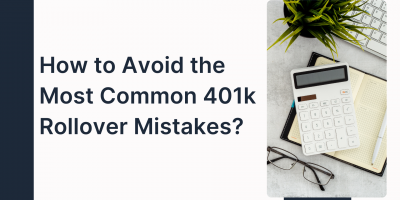
The Earned Wage Access Impact on Employees
How can earned wage access reshape the financial reality for employees living paycheck to paycheck? As economic uncertainties persist, this innovative approach to payroll may hold the key to reducing financial stress and boosting workplace productivity.





